
Day forty-five: Fu Manju
Above: Hanbei Fu, ¥210
Below: Fu-ka
In the days when most Japanese were vegetarians, processed wheat gluten (fu) was an important source of protein, particularly in Buddhist temples. Along with mochi, fu is one of Japanese cuisine's most stalwart chameleons; it can be called on to resemble vegetables, meat, leaves, blossoms, animals, and even toys. It can be eaten fresh, dried, or reconstituted. It can also be persuaded towards either the sweet or the savory end of the spectrum.
Fu manju--dumplings of silky-smooth fu, stuffed with sweet red bean paste and steamed inside a fresh bamboo leaf--were near the top of my Kyoto must-try list. When I told my hostess, Miko, of my craving she said, "Of course, you must go to Hanbei Fu. The best."

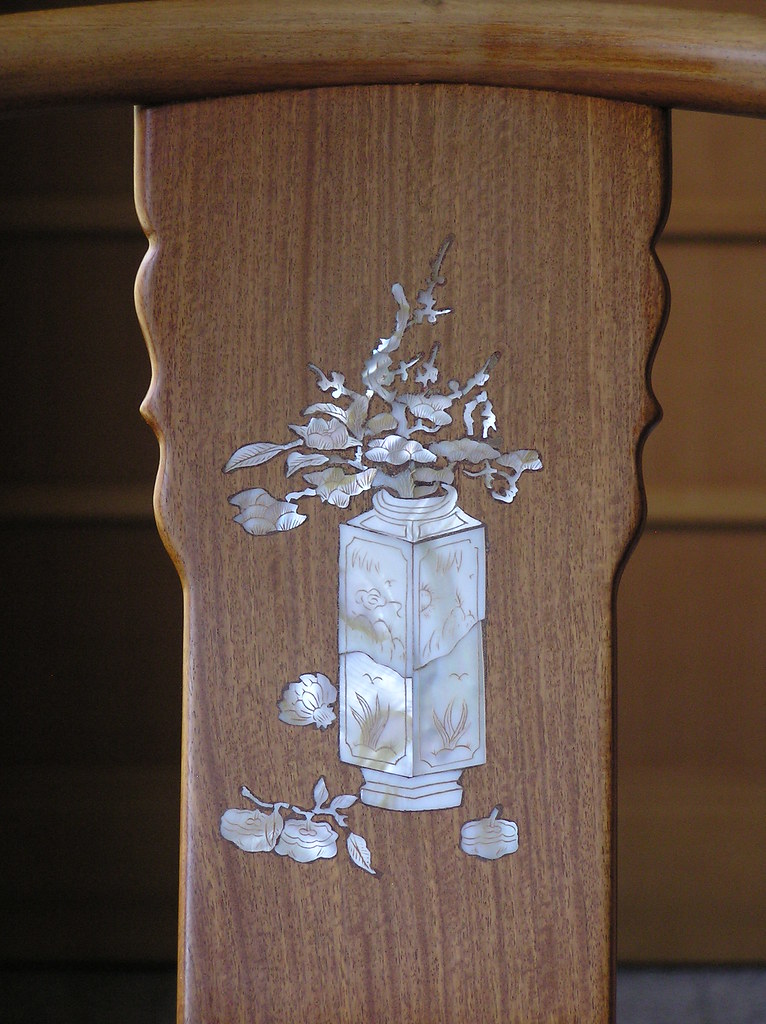
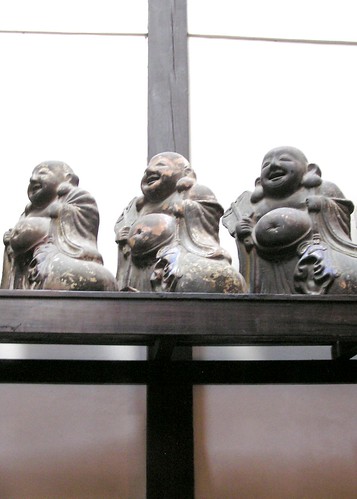
For about 10 minutes I loitered outside Hanbei Fu's silent entrance, wondering if I had come on a vacation day. Finally a woman from inside was dispatched to bring me in to the (air conditioned!) showroom. It was recently and tastefully decorated, with lots of blocks of foamy white fu piled up on polished wooden shelves, and a reception room full of Chinese rugs and inlaid furniture, where I had a cup of cold barley tea while gazing out onto an interior garden with an original well. In hushed tones, the shopkeeper guided me to the cooler full of bamboo-wrapped manju and tried not to look horrified as I struggled to pull a pre-scored chunk from the sacrificial sample (I swear the cut had healed over; maybe fu has superheroic powers of regeneration?).
Like the shop interior, Hanbei Fu's manju was restrainedly luxurious. It clung coyly to the bamboo leaf, but I was relieved to find the first bite didn't glue my teeth together. The anko was wet and only slightly sweet; the fu was totally smooth, chewy, and as elastic as well-kneaded bread dough.
Then I spent a day on wagashi safari with my friend Oya, a traditional carpenter and tea ceremony student. When we met in the morning to go over our itinerary, Oya was surprised that I had already found some of his favorite shops, and pleased that there were some I had missed. And although I had already had fu manju, I hadn't tried "the best": Fu-ka. And besides, Oya had made reservations.
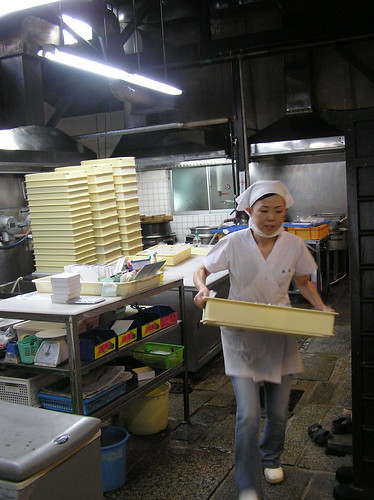
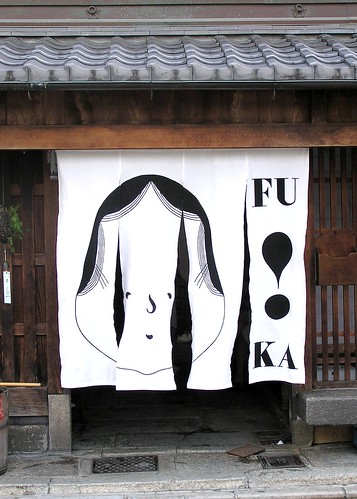
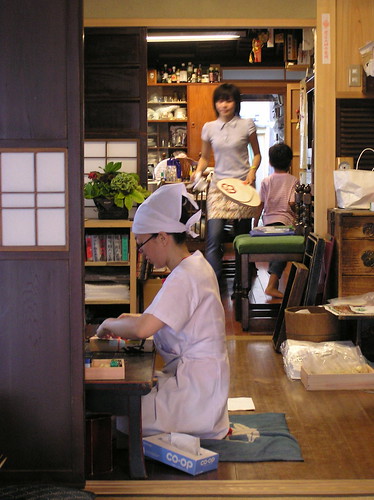
Reservations?? As we approached Fu-ka I was picturing a fu shop even swankier than Hanbei, but the Fu-ka premises turned out to be a cavernous and rather shambolic wooden warehouse. We parted the noren (shop curtains) and stepped inside to wait for our order to be wrapped. The shop is also a home, and through one corner of the waiting area I could see all the way back to a domestic kitchen, complete with kids clamoring for a snack. Turning my head slightly, I could see into a huge industrial kitchen, where a couple of women rushed around with trays of manju. They had already sold out for the day, and if Oya hadn't known to call ahead, we would have been out of luck.
Fu-ka's fu manju are also stuffed with red bean paste, but the fu is mixed with mugwort, an herb that gives the fu extra flavor and appears to break up its elastic texture. So which fu manju is the best? Maybe I'm playing fu politics, but I wouldn't want to say. Both were great treats resulting from interesting experiences.
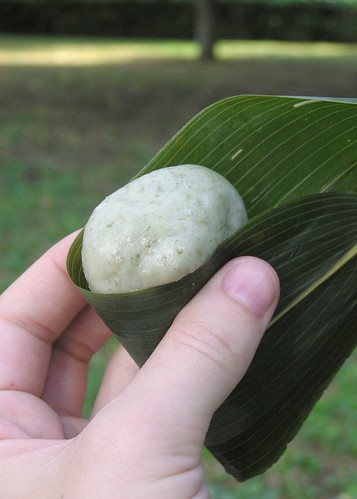


No comments:
Post a Comment